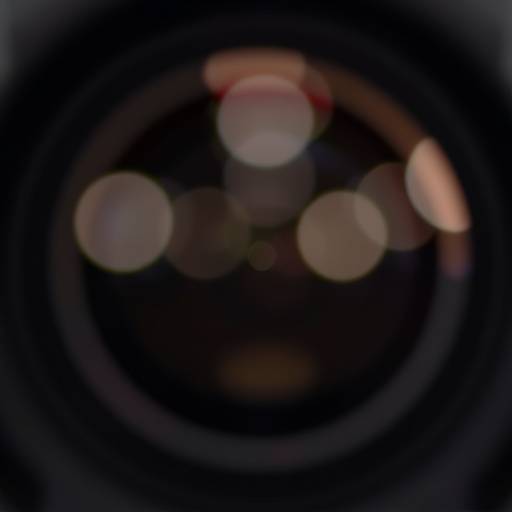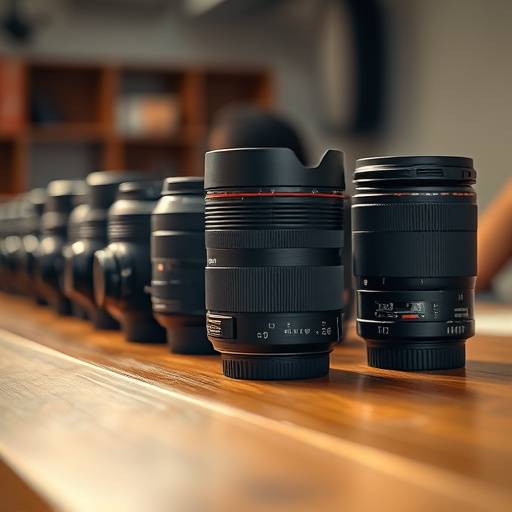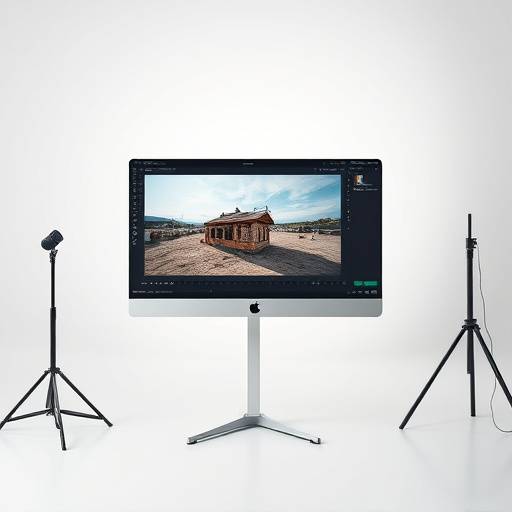
The Art of Composition: Mastering the Rule of Thirds and Beyond
Published on October 26, 2023
Composition is the backbone of a compelling photograph. The rule of thirds is a great starting point, but there are many other techniques to explore. Learn how leading lines, symmetry, and negative space can transform your images from snapshots to works of art. We'll discuss practical examples and offer tips on how to see the world through a compositional lens. Understand the principles of visual balance and how to use them to draw the viewer's eye to your subject. Discover how to create depth, texture, and visual interest in your images through thoughtful composition. This article is designed to help you develop a keen eye for composition, enabling you to create images that are both visually appealing and emotionally resonant.
Read More

Understanding Aperture: Controlling Depth of Field for Creative Effects
Published on November 15, 2023
Aperture is one of the key settings that photographers use to control depth of field, the area of the image that appears sharp. This article delves into the intricacies of aperture, explaining how to use different f-stops to achieve various creative effects. Learn how to create a shallow depth of field to isolate your subject, or a deep depth of field to capture the entire scene in sharp focus. Understand the relationship between aperture, light, and shutter speed, and how they work together to create a well-exposed image. Discover how different lenses and their maximum apertures can impact your creative choices. From portraits with blurred backgrounds to sweeping landscapes with incredible detail, mastering aperture is essential for any photographer.
Read More

ISO Explained: Balancing Sensitivity and Noise in Your Images
Published on December 5, 2023
ISO is the setting that controls your camera's sensitivity to light. While it's tempting to crank up the ISO in low-light situations, doing so can introduce unwanted noise or grain into your images. This article provides a comprehensive guide to ISO, explaining how to balance sensitivity and noise to achieve the best possible image quality. Learn how to determine the optimal ISO setting for different lighting conditions, and how to minimize noise through proper exposure and post-processing techniques. Understand the differences between native and extended ISO ranges, and how they affect image quality. From shooting indoors to capturing the night sky, mastering ISO is crucial for achieving clean, sharp images in any situation. Discover techniques like exposure stacking and noise reduction software to further refine your images.
Read More

Choosing the Right Lens: A Guide to Focal Lengths and Lens Types
Published on January 18, 2024
Selecting the right lens can significantly impact the style and quality of your photographs. This article provides a comprehensive guide to understanding different focal lengths, lens types, and their specific applications. We'll explore wide-angle lenses for expansive landscapes, telephoto lenses for wildlife photography, prime lenses for portraits, and zoom lenses for versatility. Learn how to determine the best lens for your photographic needs based on your budget, shooting style, and creative goals. Discover the advantages and disadvantages of each lens type, including their impact on perspective, depth of field, and image sharpness. Whether you're just starting out or looking to expand your lens collection, this guide will equip you with the knowledge to make informed decisions.
Read More

The Power of Post-Processing: Enhancing Your Images in Lightroom and Photoshop
Published on February 7, 2024
Post-processing is an essential part of the modern photographic workflow. While it's important to capture the best possible image in-camera, post-processing allows you to refine your images and bring your creative vision to life. This article explores the power of post-processing using popular software like Adobe Lightroom and Photoshop. Learn how to adjust exposure, contrast, and color to enhance your images, and how to remove distractions, correct distortions, and add creative effects. Discover the benefits of shooting in RAW format, which provides greater flexibility for post-processing. We'll discuss practical techniques for improving sharpness, reducing noise, and creating stunning black and white conversions. Whether you're a beginner or an experienced photographer, this guide will help you unlock the full potential of your images through post-processing.
Read More




